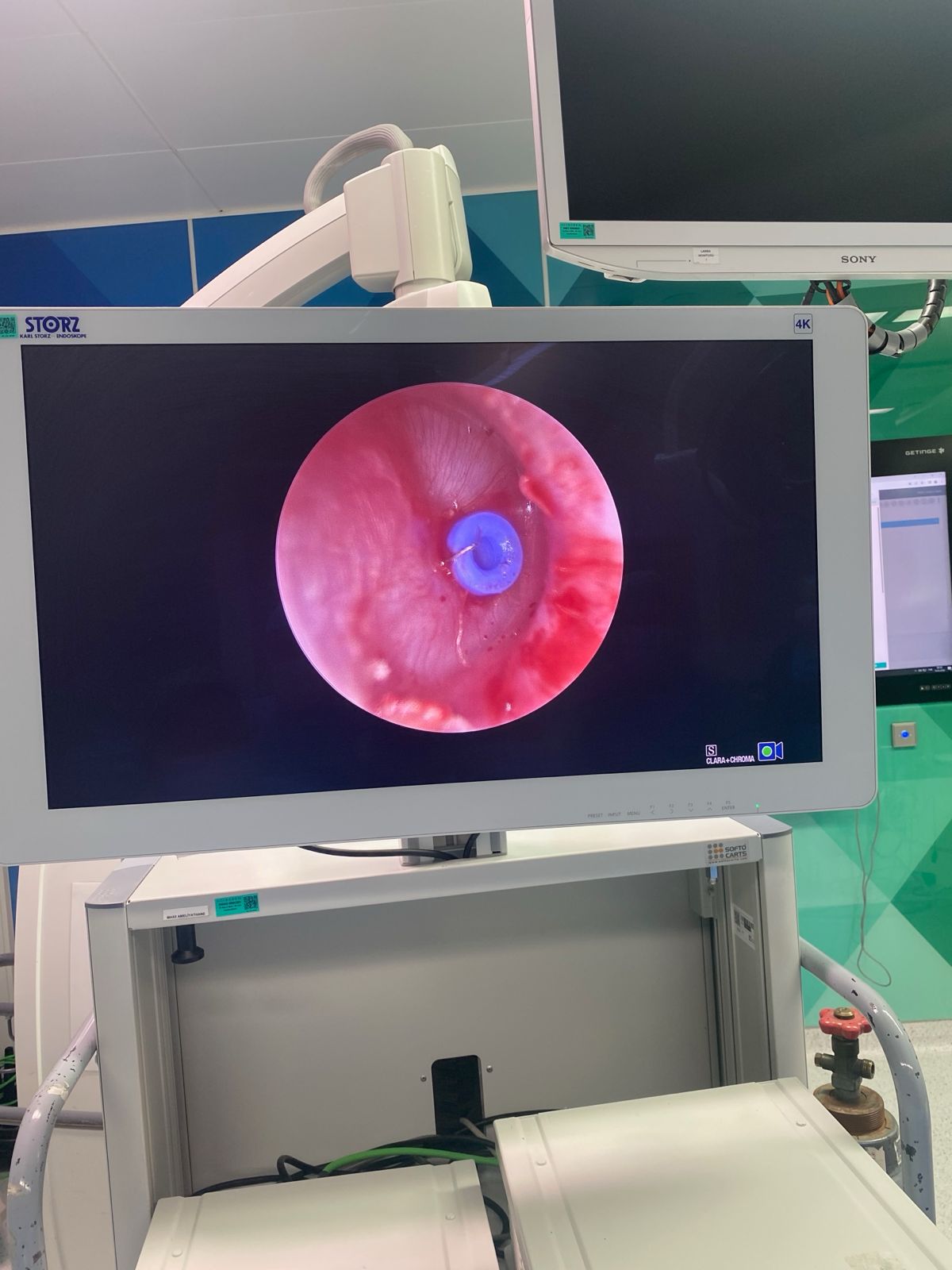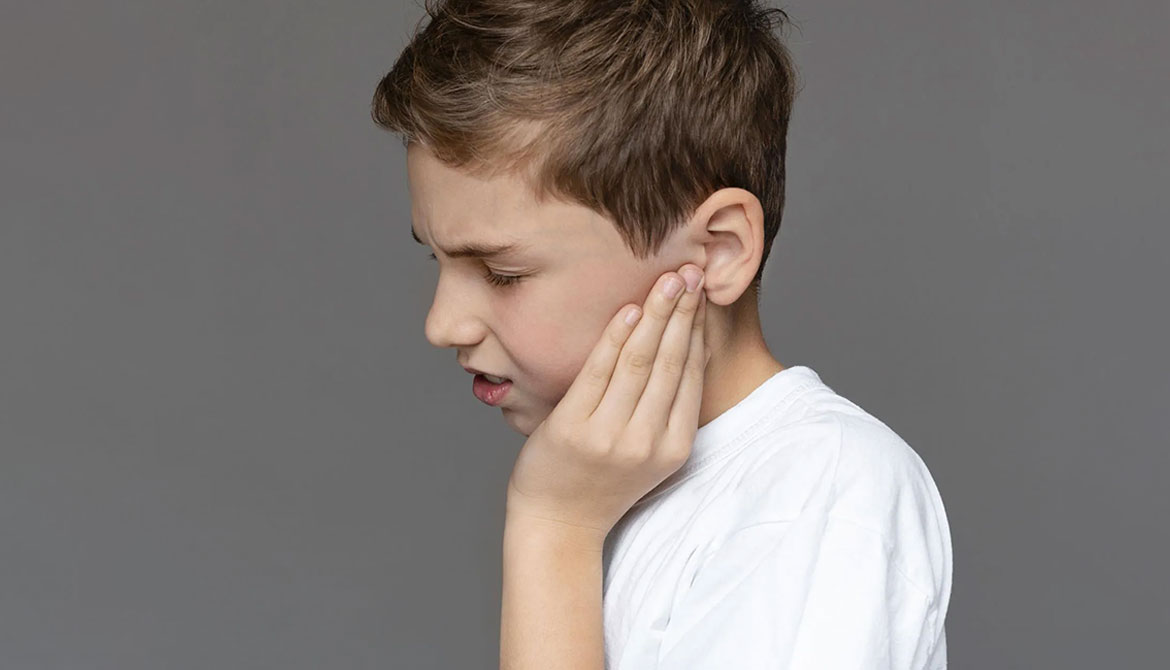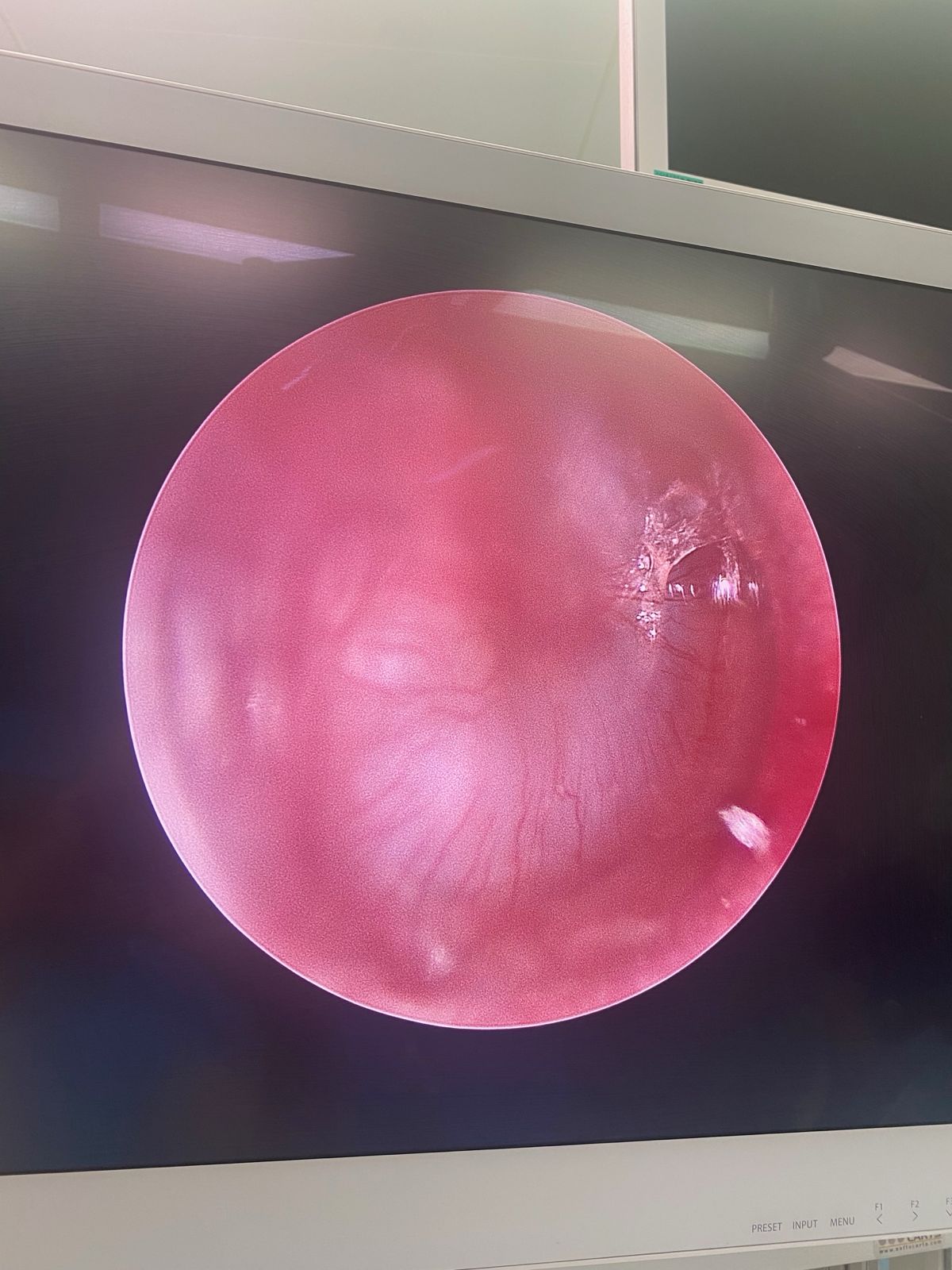Otitis Media with Effusion (Fluid in the Ear)
Otitis media with effusion (OME) is a condition characterized by the accumulation of fluid in the middle ear without infection. It often occurs due to enlarged adenoids, upper respiratory infections, allergies, or Eustachian tube dysfunction. It is commonly seen in children and can lead to conductive hearing loss.
Symptoms of Otitis Media with Effusion
- A feeling of fullness or pressure in the ear
- Hearing loss or muffled hearing
- Ringing in the ear (tinnitus)
- Balance problems (in some cases)
- Delayed speech and language development (in children)
This condition is usually not painful and does not present with fever as in acute otitis media. However, fluid buildup can lead to hearing loss.
What Causes Otitis Media with Effusion?
- Allergies and enlarged adenoids (especially in children)
- Eustachian tube dysfunction: When the Eustachian tube, which connects the middle ear to the nasopharynx, does not function properly, fluid cannot drain and accumulates.
- Upper respiratory infections (may develop after colds or flu)
How Is Otitis Media with Effusion Treated?
In most patients, the fluid is reabsorbed naturally, but in some cases, it may persist. Treatment options include:
- Observation and monitoring: Mild cases usually resolve spontaneously within 3 months.
- Medication: In cases related to allergies or infections, antihistamines, nasal sprays, or antibiotics may be prescribed.
- Insertion of a middle ear ventilation tube: If the fluid becomes persistent, surgical intervention may be necessary.
What Is Tube Insertion (Tympanostomy Tube)?
If the ear fluid has not resolved after 3 months and causes hearing loss, the insertion of a ventilation tube into the middle ear is recommended.
About the procedure:
- Usually performed under general anesthesia in children.
- A small incision is made in the eardrum, and a tube is inserted to drain fluid and ventilate the middle ear.
- The procedure is short and often combined with adenoidectomy.
- The tubes typically fall out on their own within 6–12 months.
After tube insertion, patients are at a lower risk for ear infections, and hearing improves rapidly.

Post-Tube Insertion Care
- Protect the ears from water (Waterproof earplugs can be used when swimming or bathing).
- Attend regular follow-up visits (To check if the tubes remain in place).
- If symptoms persist or recur, consult your doctor.
Conclusion
Otitis media with effusion can lead to hearing loss and speech delays, especially in children. If you or your child experiences prolonged hearing loss or a sensation of fullness in the ear, it is important to consult an ENT specialist.
Prof. Dr. Elif Aksoy
ENT Specialist – Ear Diseases and Surgery



